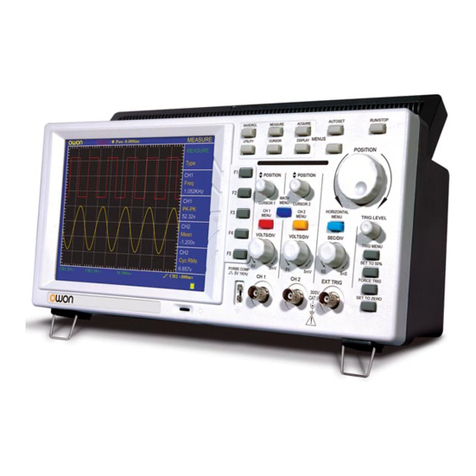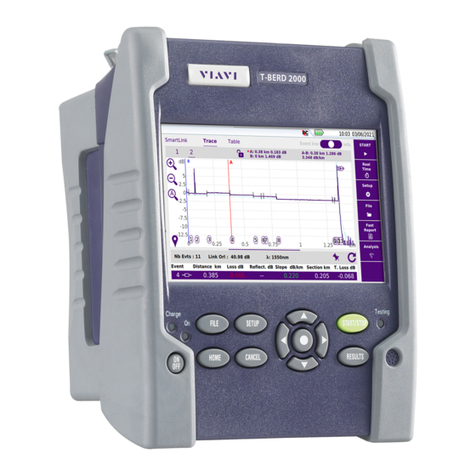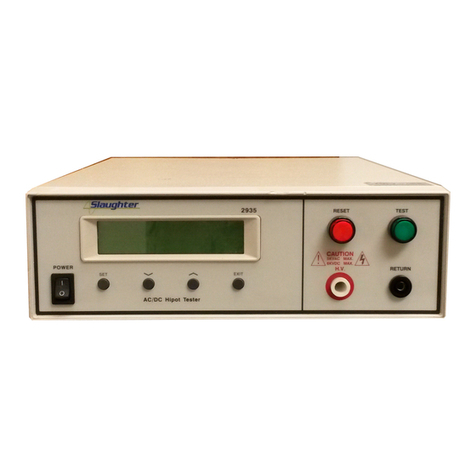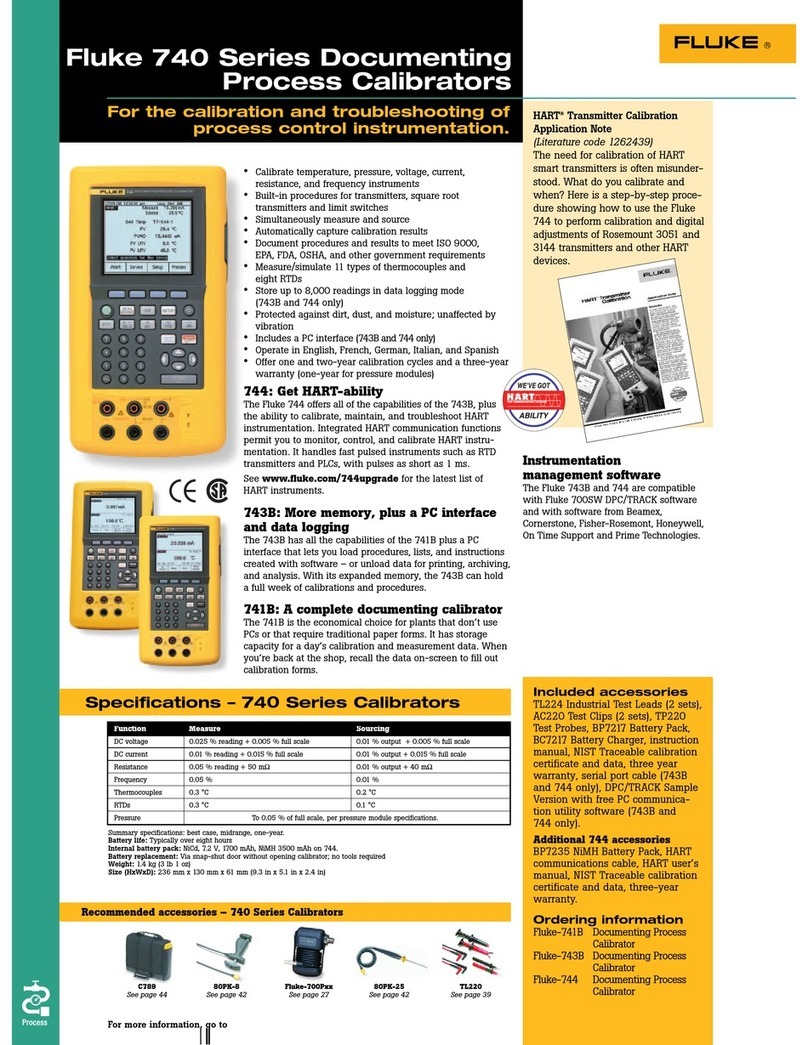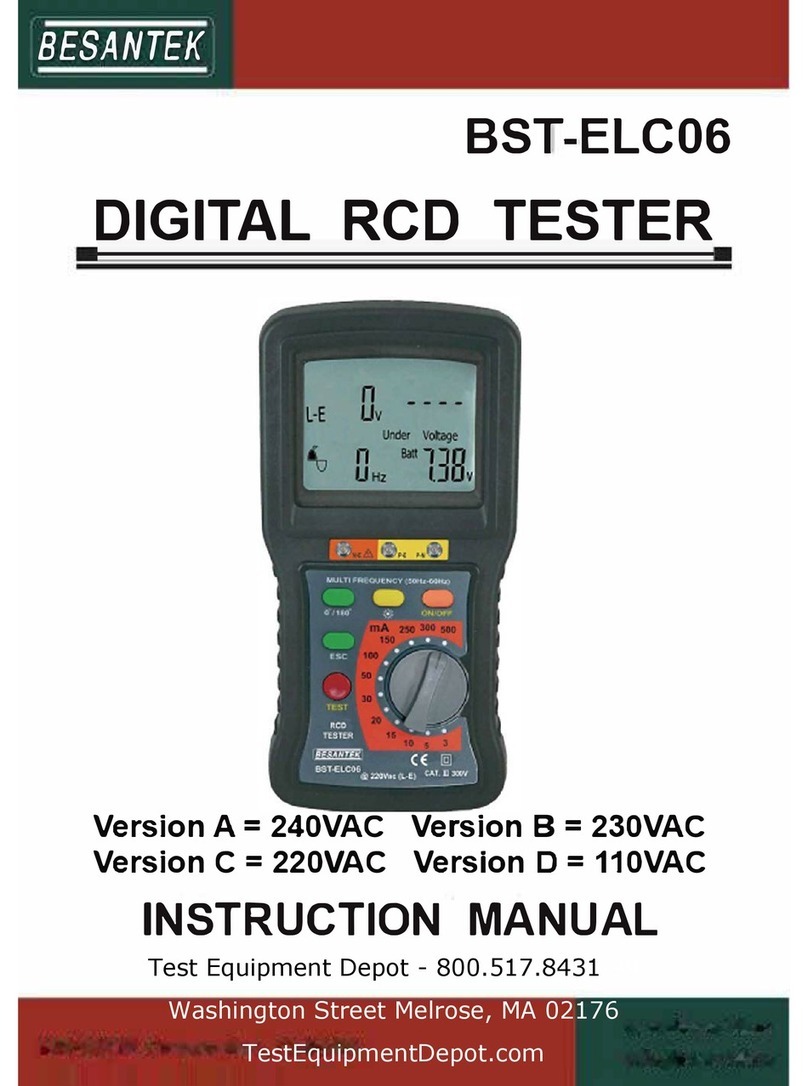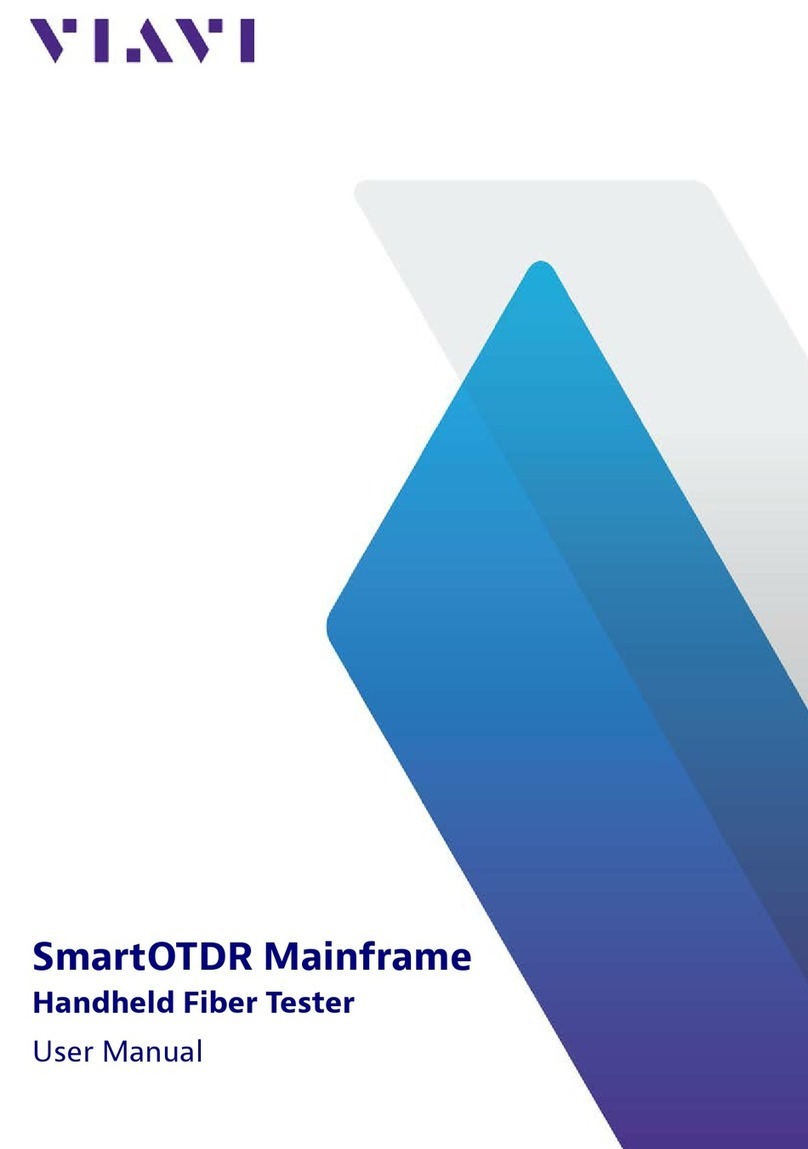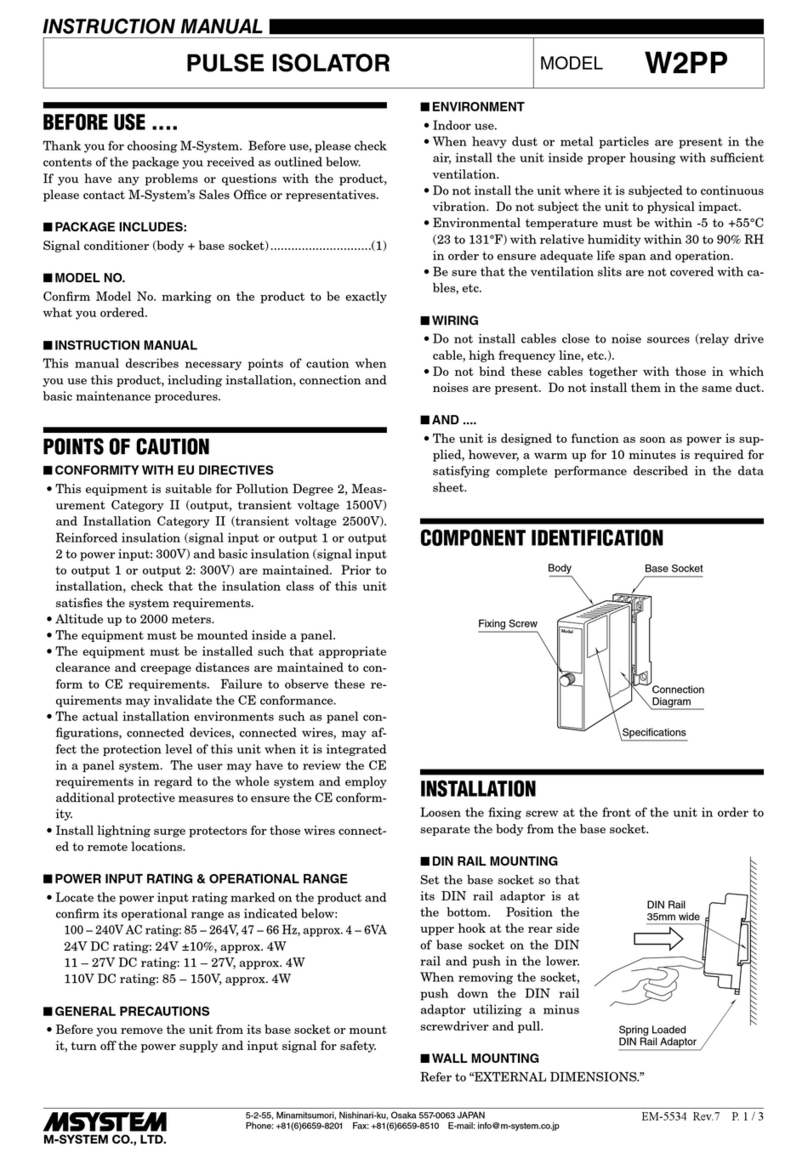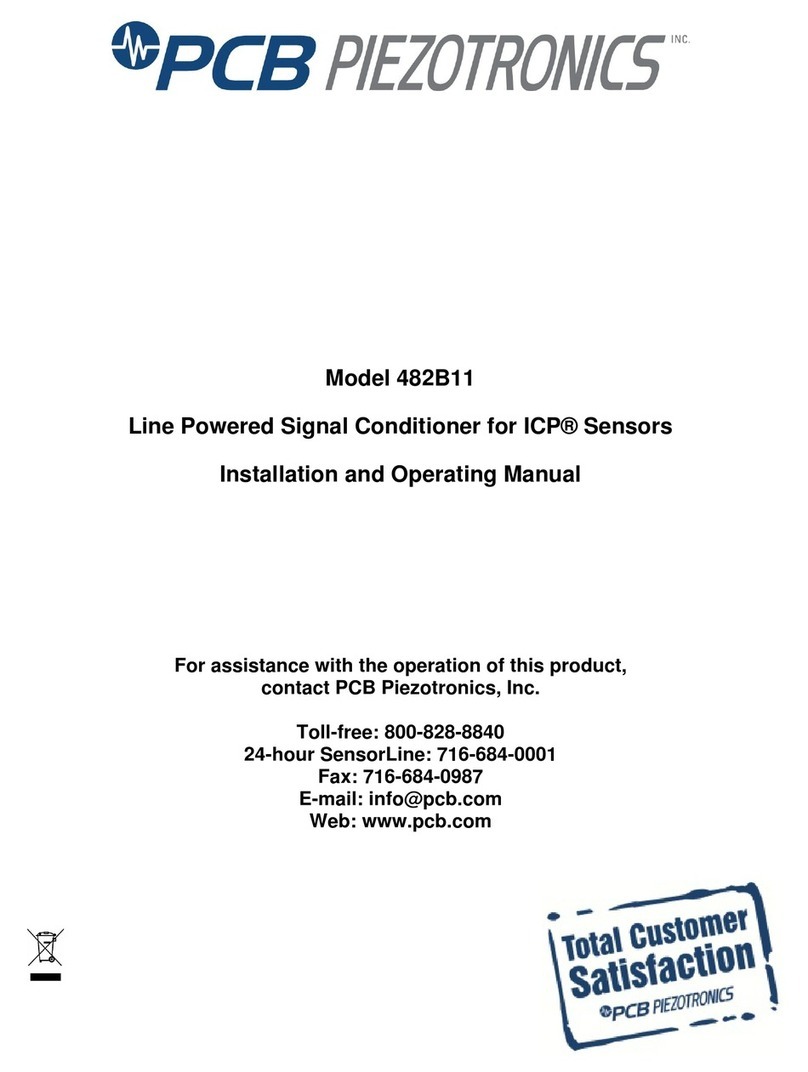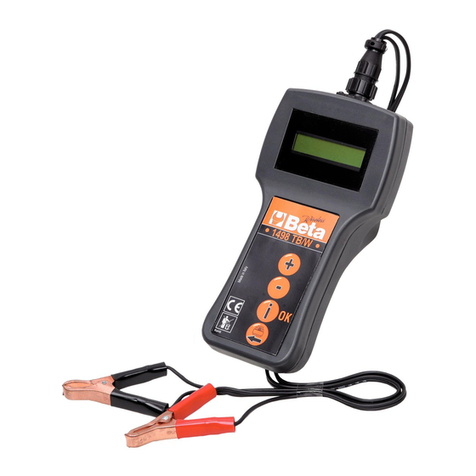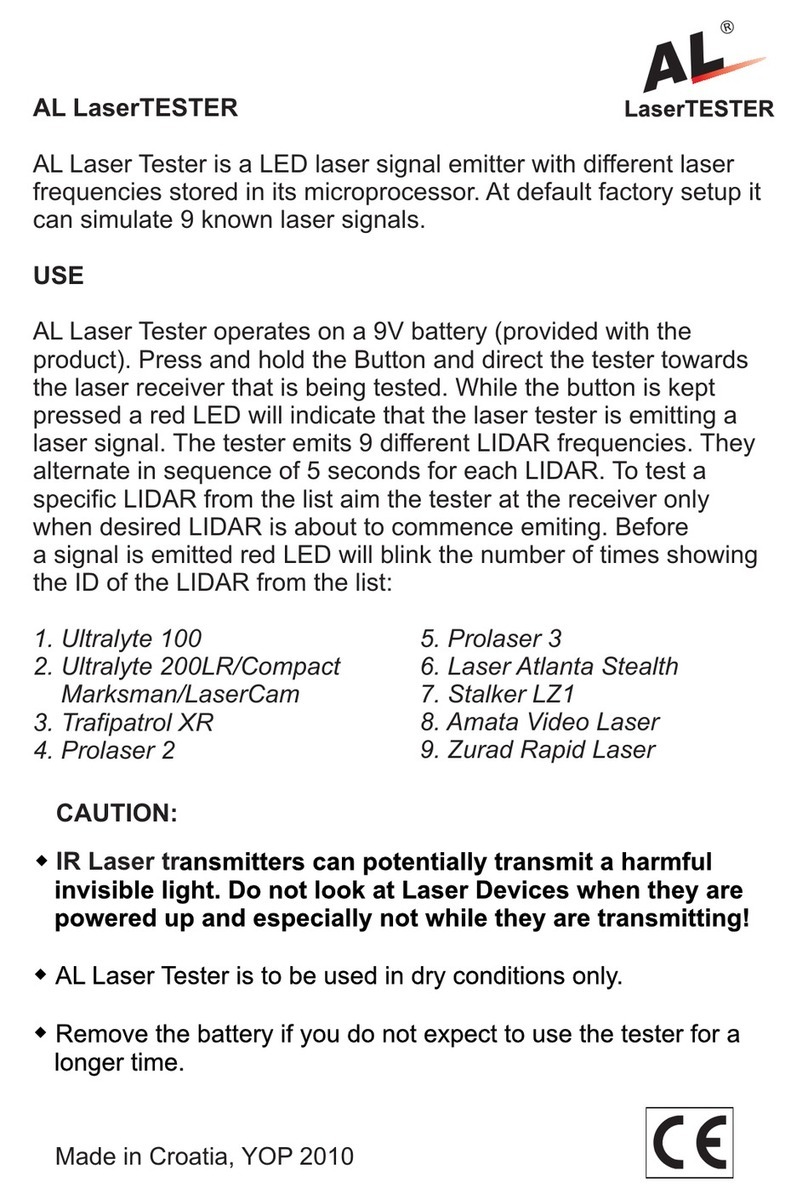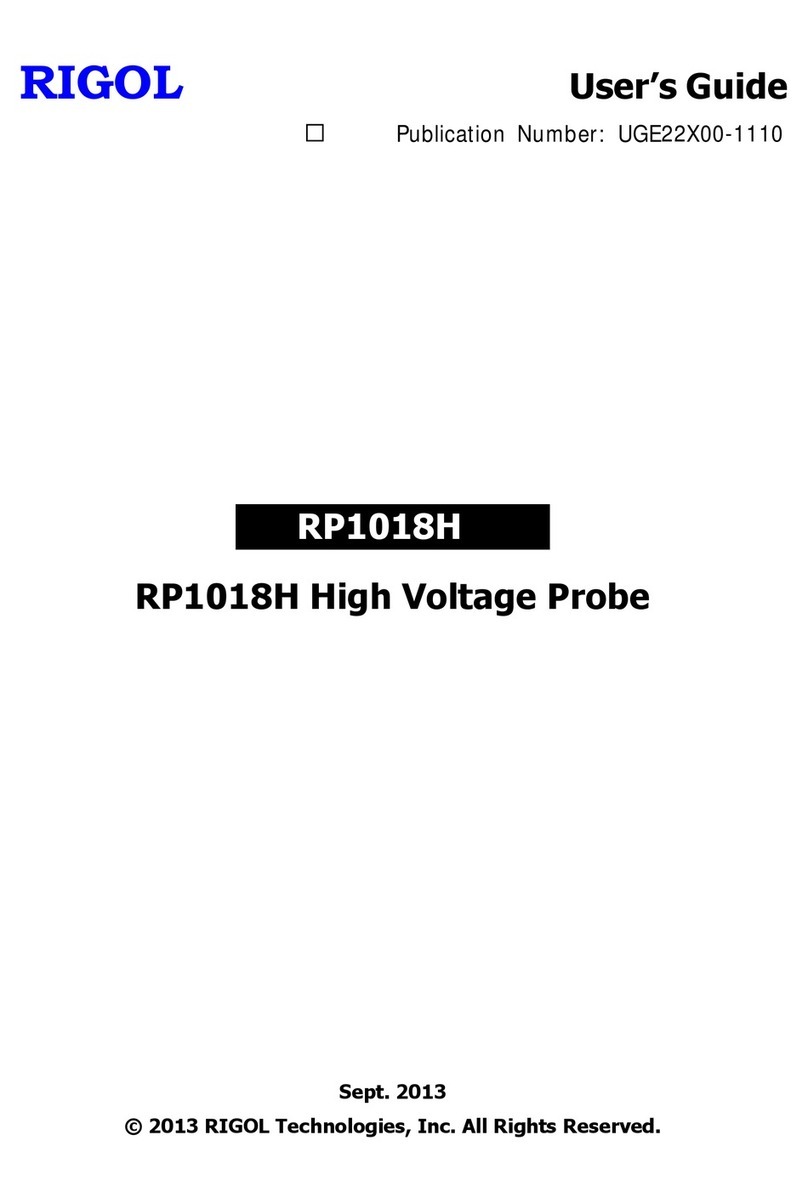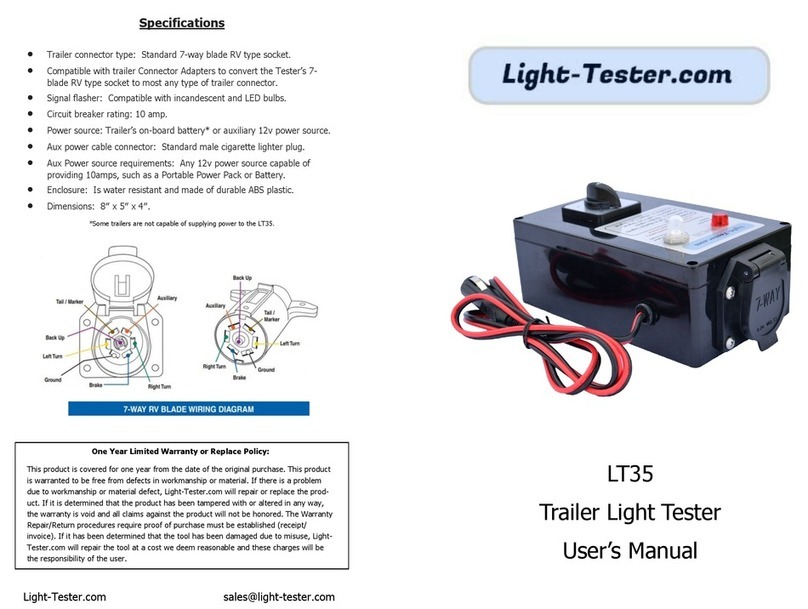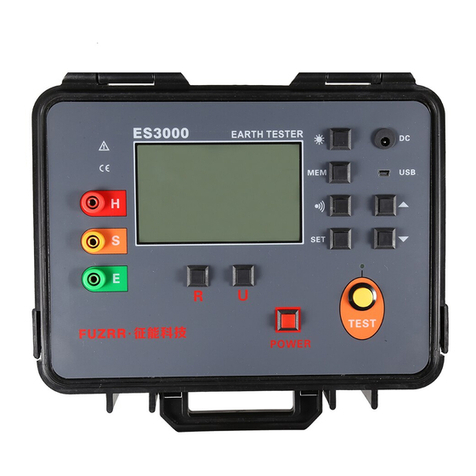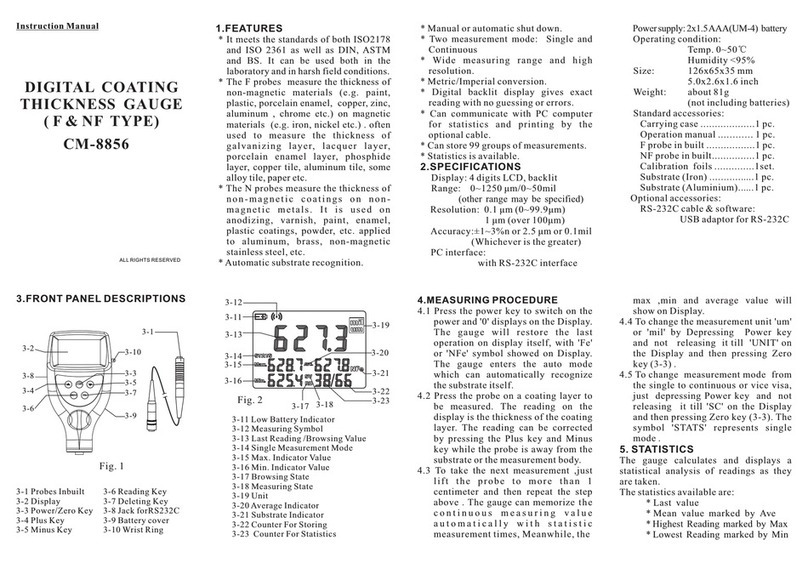CS Instruments LD 300 User manual

INSTRUCTION MANUAL
V2-01-2007
LD 300 Leak Detector:
For leak detection in pneumatic systems
.

CS Instruments
- 2 -
Contents
1. Operating principle
2. Technical data
3. Scope of delivery
4. Operation of instrument
5. Typical applications
Important information
The operating instructions must be read in full and carefully observed
before starting up the device.
The manufacturer cannot be held liable for any damage which occurs as a
result of non-observance or non-compliance with this manual.
Should the device be tampered with in any manner other than a procedure
which is described and specified in the manual, the warranty is cancelled
and the manufacturer is exempt from liability.
The device is destined exclusively for the described application.
CS Instruments GmbH offers no guarantee for the suitability for any other
purpose and is not liable for errors which may have slipped into this
operating manual. They are also not liable for consequential damage
resulting from the delivery, capability or use of this device.

CS Instruments
- 3 -
Safety instructions
Must be read before starting up the device!
Warning:
•Switch on instrument without head set on. Monitor the display that
there are only green bars shown. In case of yellow or red bars,
reduce sensitivity by turning the sensitivity wheel.
•When detecting ultra sonic signals in electrical systems ensure that
you keep sufficient safety distance to avoid electrical shocks!
•Do not point into the eyes with the laser!
•Observe permissible storage, transport and operating
temperatures.
•Improper handling or use of force cancels all warranty claims.
Operating principle
LD 300 ultrasonic leak detector allows maintenance personnel to confirm a
diagnosis on the spot by being able to clearly discriminate among various
equipment sounds.
This is accomplished by an electronic process called 'heterodyning' that
accurately converts the ultrasounds sensed by the instrument into the
audible range where users can hear the audible signal through a
headphone.
The high frequency, short wave characteristic of ultrasound enables users
to accurately pinpoint the location of a leak or a particular sound in a
machine.
The basic advantages of ultrasonic instruments are that they can easily
locate leaks, provide advanced warning of impending mechanical failure
and can be used in loud, noisy environments.
LD 300 integrates a laser pointer which helps to spot the leak from
distance.
In unpressurized systems an ultrasonic tone generator can be used whose
sound will leak through small openings.

CS Instruments
- 4 -
Air leaks produce wide-band ultrasounds in the range of 20 ... 80 kHz. The
higher the frequency the more energy it contains. But higher frequencies
can't be transported in air that far. That's why LD 300 operates at a centre
frequency of 40 kHz which compromises an optimum between energy and
distance. Frequencies below and above are cut in order to minimize the
noise level.
Scope of delivery
Description
Order No.
LD 300 Leak Detector set consisting of:
0601 0103
LD 300 Leak Detector
0560 0102
Sensor unit
0605 0001
Noise isolated head set
0554 0102
Focus tube and focus tip
0530 0101
Cable to detach sound probe from instrument
0553 0101
Battery charger
0554 0001
Transport case
0554 0101
Accessories not includes in set:
Ultrasonic Tone Generator
0554 0103
Telescope extension with cable
0530 0102

CS Instruments
- 5 -
Technical data
Operating frequency: 40 kHz ±2 kHz
Plugs: 1) 4 pole connector shared by
headphone and battery charger
2) 3.5mm stereo phone jack for sensor or
sensor cable connection.
Display: 3 colour black-mask LCD, 10 level
LASER pointer: 640 ... 660 nm wavelength
0.4.0.5 mW output power
Power supply: Internal NiMH rechargeable battery
Operating time: about 6 hours without LASER pointer on
about 4 hours with LASER pointer on
Charging time: around 1.5 hour
Charging operation temp.: +10°C to + 45°C (recommended)
Operating temperature: 0°C to + 40°C
Storage temperature: -10°C to + 50°C
Weight: 2.5 kg (full set)
Performance chart
It shows the detection distance of various hole diameters at different
pressures (lab environment).
Pressure / diameter
0.1 mm
0.2 mm
0.5 mm
0.5 bar
2 m
2 m
10 m
5.0 bar
8 m
14 m
18 m
Attention:
The sensor unit can be unplugged from the main instrument by pulling the
unit out of the holder. A separate coiled extension cable is used to connect
the sensor to the main unit.

CS Instruments
- 6 -
Operation of instrument
Figure A: LD 300 operation diagram
after 2 sec all LCD
segments are on
LD 300 is switched off
- LD 300 is switched on
- LCD all segments on for 2 sec.
- Laser off
Press
Press
Press
after 30 minutes the
appliance switches off
The user can adjust the sensibility by
the volume regulator
- Switch LASER on/off
- “LASER“ symbol if LASER active

CS Instruments
- 7 -
Attention:
If the instrument hasn't been used for more than 2 months, the battery
might be over discharged. You should connect the battery charger and wait
about 2-3 minutes until the display can show you the actual battery status.
Applications
With all operating equipment, most leakage and electrical problems
produce a broad range of sound.
The high frequency ultrasonic components of these sounds are in nature,
extremely short wave.
A short wave signal tends to be fairly directional.
It is therefore simple to isolate these signals from any background plant
noises and to detect their exact location.
Figure B: LD 300 headphone and
charger connection diagram
Figure C: Battery charging operation
diagram

CS Instruments
- 8 -
In addition, as slight changes begin to occur in mechanical equipment, the
directional nature of ultrasound allows these potential warning signals to be
detected in time, before actual failure occurs.
Typical applications of LD 300 are compressed air leak detection, vacuum
leak detection, steam trap inspection and detection of arcing, tracking and
corona in electrical equipment.
Ultrasonic Leak detector detects:
–air leak in compressed air systems
–leaks in tanks
–Leaks in pneumatic brakes of trucks and trains
–pipe system leaks
–Leaks at oxygen plugs in hospitals
–leaks in pressure and vacuum systems
–leaks in steam traps
–leaking valves
–Partial electrical discharges at insulations
–Insulation test on doors and windows
–gas leaks in general
Leak detection in compressed air systems
Compressed air is one of the most expensive energy forms. Only in
Germany 60,000 pneumatic systems consume 14,000,000,000 kWh
electricity every year. 15% to 20% of this could easily be saved (Peter
Radgen, Fraunhofer Institute, Karlsruhe). A large portion of these costs are
caused by leaks in compressed air systems. The air “escapes” unused.
Big holes can be detected easily (one can hear the fizzling), but holes
smaller than 1 mm2can not be heard any more and remain often
undetected. For detection of these small holes in compressed air LD 300 is
designed.
You can point with the LD 300 to the pipe or to the component of interest.
The integrated laser pointer will assist you in case of a measurement from
a distance. Then increase the sensitivity until you can hear the

CS Instruments
- 9 -
characteristic noise of a leak. Go closer to identify the location exactly.
Adjust the sensitivity when necessary.
To detect very small holes the focus tube and the focus tip can be sticked
onto the sensor unit.
In applications where LD 300 is too bulky for a close up detection, the
sensor unit can be removed from the main unit. In the scope of delivery
there is an extension cable which can be connected between sensor and
main unit.
Detection of leaks in unpressurised systems
LD 300 can be used to detect leaks at insulations of doors, windows and
tanks. For this purpose an ultrasonic tone generator (0554 0103) is placed
inside the room or tank. If there are small holes the ultrasonic sound will
leak and can be easily located by LD 300.

CS Instruments
- 10 -
Dear
Customer,
Thank
you for
your confidence
in
CS Instruments which
you have shown by
purchasing this measuring
instrument.
You have made
the right choice by choosing a
quality product. If
you have reason for
complaint
we
will
repair
any
faults free of
charge if it can be proven that they are
manufacturing
faults.
The
fault
should be
reported immediately after it has been found and
within
the
warranty
time
guaranteed
by
us.
Excluded
from
this
warranty
is
damage caused by improper use and non-adherence
to the instruction
manual.
The
warranty
is
also
cancelled once
the measuring instrument has been opened
provided this is
not
described in
the instruction
manual
for
maintenance purposes.
This is also the case if the serial
number
has been
changed,
damaged or removed.
The
warranty
time
for
the
LD
300
is
12 months for the instrument, 6 months for
accessory parts.
Warranty
services
do
not extend
the
warranty time.
If
in addition
to
the
warranty
service necessary repairs, adjustments or
similar are
carried out,
the
warranty
services
are
free
of charge
but there is a charge for other
services such as transport
and packaging
costs.
Other claims, especially
those
for
damage occurring outside the instrument are not
included unless responsibility
is
legally
binding.
After-sales service after the warranty time has elapsed
We
are,
of course,
there
for
you after
the
warranty time has elapsed. In the case of
function faults please
send
us
your measuring instrument with
a brief description of
the defect. Include
your telephone number should we
need to contact
you.
Our
CUSTOMER SERVICE
puts
the
customer
first.

CS Instruments
- 11 -
EC Declaration of Conformity
for
DIRECTIVE 2002/96/EC OF THE EUROPEAN PARLIAMENT AND OF
THE COUNCIL
of 27. January 2003
on waste electrical and electronic equipment (WEEE)
and
DIRECTIVE 2002/95/EC OF THE EUROPEAN PARLIAMENT AND OF
THE COUNCIL
of 27. January 2003
on the restriction of the use of certain hazardous substances in
electrical and electronic equipment (RoHS)
of the down mentioned instruments from CS Instruments GmbH:
Leak detector LD 300 and accessories
CS Instruments GmbH as the manufacturer herewith declares that the
above instruments and accessories belongs to the category 9 (WEEE
2002/96/EC).
Therefore the above instruments do not fall upward aforementioned
directive RoHS 2002/95/EC and are not affected by the material restriction.
In accordance with directive WEEE 2002/96/EC the measuring instruments
specified above are taken back from CS Instruments GmbH to the disposal.
CS Instruments GmbH
Harrislee, 26.April 2007 Am Oxer 28c
D-24955 Harrislee
Tel. 0461 / 700 2025
Fax 0461 / 700 2026
__________________________
Christian Schuldt, Managing Director
This declaration does not guarantee any product characteristics.

CS Instruments
- 12 -
Contact
•Advice
•Sales
•Customer-service
•Seminars
Sales office South
Zindelsteiner Str. 15
D-78052 VS-Tannheim
Tel. +49 (0) 7705 97 89 9-0
Fax +49 (0) 7705 97 89 9-20
info@cs-instruments.com
www.cs-instruments.com
Sales office North
Am Oxer 28c
D-24955 Harrislee
Tel. +49 (0) 461 – 700 2025
Fax. +49 (0) 461 – 700 2026
info@cs-instruments.com
www.cs-instruments.com
Table of contents
